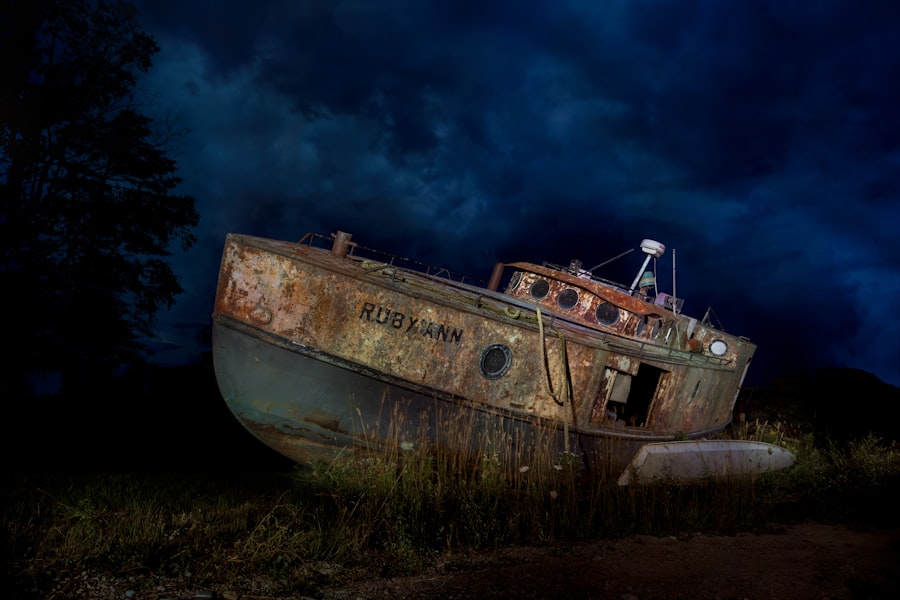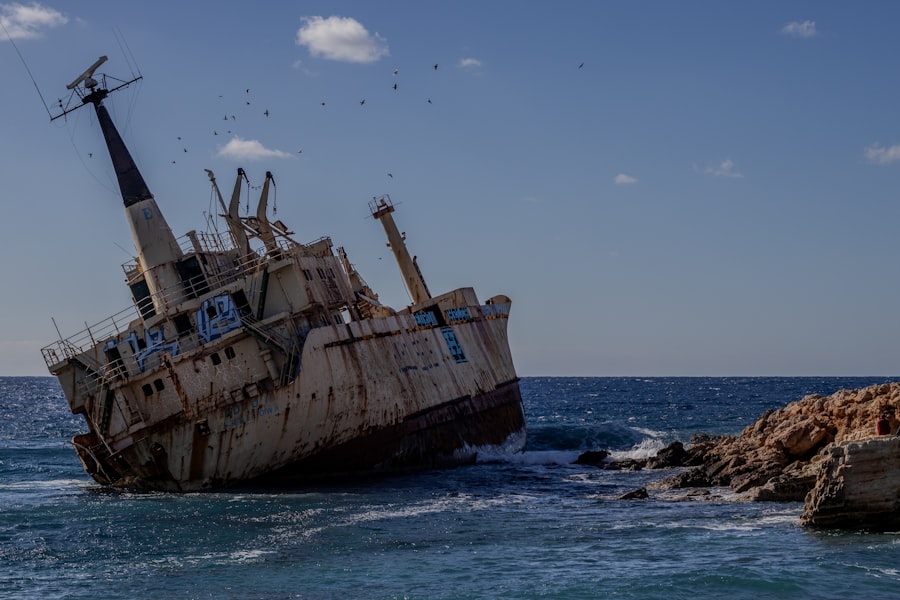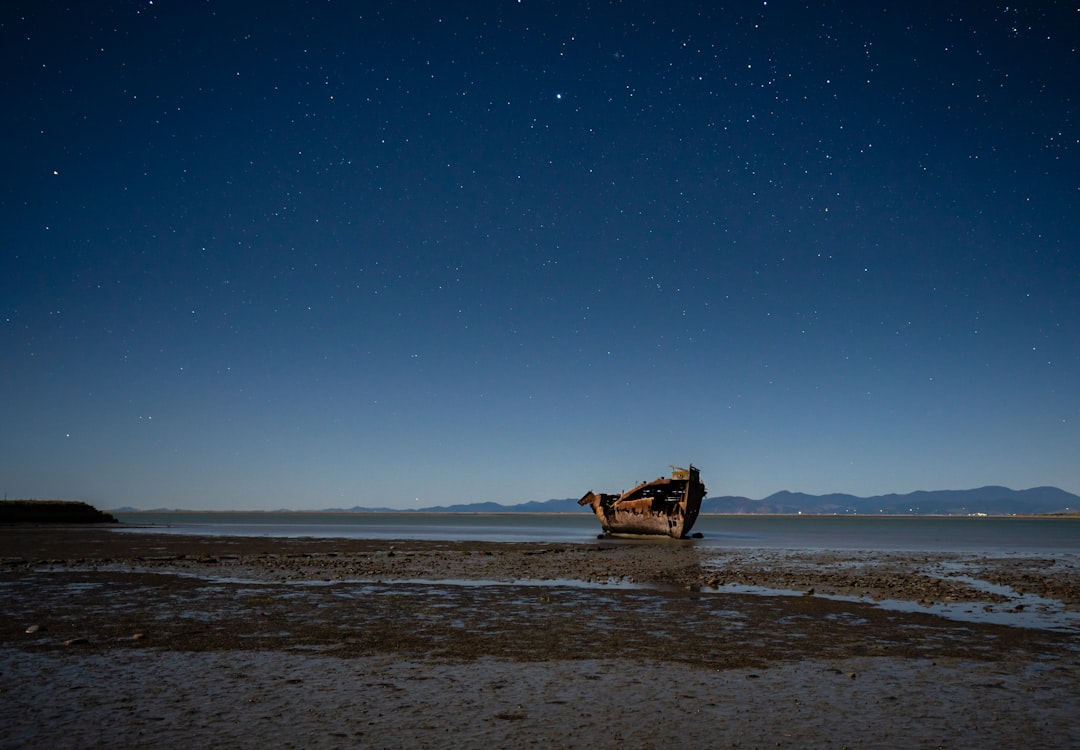The Drake Passage, a treacherous stretch of water between the southern tip of South America and Antarctica, has long been notorious for its unpredictable weather and turbulent seas. It is here that the last shipwreck, a tragic event that captured the attention of maritime enthusiasts and historians alike, unfolded. This incident not only highlighted the dangers of navigating these icy waters but also served as a poignant reminder of the human spirit’s resilience in the face of adversity.
As the world reflects on this maritime disaster, it becomes essential to delve into the details surrounding the shipwreck, the lives it affected, and the lessons learned from such a harrowing experience. The shipwreck in question occurred under circumstances that seemed almost fated. The vessel, a modern cruise ship, was on a routine voyage when it encountered an unexpected storm that would ultimately seal its fate.
The crew and passengers found themselves battling not only the elements but also their own fears as they faced the reality of their precarious situation. This article aims to explore the history of the Drake Passage, recount the ill-fated journey of the ship, and examine the aftermath of this maritime tragedy, shedding light on the enduring legacy it left behind.
Key Takeaways
- The Drake Passage is a historically significant and treacherous stretch of water known for its challenging sailing conditions.
- The last shipwreck in the Drake Passage is a haunting tale of tragedy and survival, with a lasting impact on maritime safety.
- The survivors’ harrowing experience and the rescue mission that followed highlight the resilience and bravery of those involved.
- The environmental consequences of the shipwreck serve as a reminder of the importance of protecting marine ecosystems.
- The legacy of the last shipwreck in the Drake Passage is a story of resilience, survival, and the enduring impact on maritime safety and environmental conservation.
The History and Importance of the Drake Passage
The Drake Passage has a rich history that dates back centuries, serving as a critical maritime route for explorers, traders, and adventurers. Named after Sir Francis Drake, who navigated these waters in the late 16th century, this passage has been both a gateway to discovery and a barrier to safe passage. Its significance lies not only in its geographical location but also in its role as a natural boundary between the Atlantic and Pacific Oceans.
The passage is characterized by its strong currents and unpredictable weather patterns, making it one of the most challenging areas for seafarers. Historically, the Drake Passage has been a site of exploration and adventure. It was here that many early explorers sought new trade routes and territories, often facing perilous conditions that tested their resolve.
The passage has witnessed countless shipwrecks over the years, each telling a story of human ambition and folly. As maritime technology advanced, so too did the understanding of these waters, yet they remain a formidable challenge for even the most experienced sailors. The importance of the Drake Passage extends beyond its historical context; it continues to be a vital route for modern shipping and tourism, drawing adventurers eager to experience its raw beauty and inherent dangers.
The Ill-Fated Journey: The Last Shipwreck

The last shipwreck in the Drake Passage began as an ordinary voyage filled with excitement and anticipation. Passengers boarded the cruise ship, eager to explore the breathtaking landscapes of Antarctica and witness its unique wildlife. However, as they set sail, ominous clouds gathered on the horizon, foreshadowing the storm that would soon engulf them.
As night fell, the storm unleashed its fury upon the vessel. Waves towered like mountains, crashing against the hull with relentless force.
The ship rocked violently, and panic began to spread among passengers and crew alike. Despite their best efforts to navigate through the tempest, it became clear that survival was becoming increasingly uncertain. The captain made a valiant attempt to steer the ship to safety, but as the winds howled and visibility diminished, hope began to wane.
In a matter of hours, what had started as an adventure turned into a desperate struggle for survival against nature’s wrath.
The Haunting Tale of the Survivors
| Metrics | Values |
|---|---|
| Number of Survivors | 15 |
| Duration of Haunting | 3 months |
| Incidents Reported | 25 |
| Investigation Status | Ongoing |
In the aftermath of the shipwreck, a haunting tale emerged from those who managed to survive. Clinging to life amidst the chaos, survivors recounted their harrowing experiences as they battled not only the elements but also their own fears and doubts. Many found themselves adrift in lifeboats, surrounded by frigid waters and darkness, unsure if rescue would ever come.
The bonds formed during this ordeal were profound; strangers became allies in their shared fight for survival. As dawn broke over the tumultuous sea, survivors began to reflect on their experiences. Some spoke of moments of clarity amidst despair—of finding strength they never knew they possessed or of witnessing acts of bravery from fellow passengers and crew members.
These stories became a testament to human resilience in times of crisis. However, they also carried an emotional weight; memories of those who did not survive lingered heavily in their hearts. The survivors’ tales served as both a tribute to lost souls and a reminder of the fragility of life when faced with nature’s fury.
The Rescue Mission and Aftermath
The rescue mission that followed the shipwreck was a race against time and nature itself. As news of the disaster spread, nearby vessels were alerted to assist in locating survivors amidst the vast expanse of ocean. Helicopters were dispatched from coastal bases, braving harsh weather conditions to reach those stranded at sea.
The coordination between various maritime agencies showcased an impressive display of teamwork and determination in the face of adversity. In the days following the rescue operation, survivors were brought ashore to safety where they were met with medical attention and support services. The emotional toll of their experience weighed heavily on them; many struggled with post-traumatic stress while grappling with grief for those who had perished.
Communities rallied around them, offering solace and understanding as they navigated their recovery journey. The aftermath of this tragedy extended beyond individual experiences; it sparked discussions about maritime safety regulations and emergency preparedness in extreme conditions.
The Mysteries and Legends Surrounding the Shipwreck

As time passed, mysteries began to envelop the last shipwreck in the Drake Passage. Speculation arose regarding what could have been done differently to prevent such a disaster from occurring. Some questioned whether there were warning signs that went unheeded or if technological advancements could have mitigated risks associated with navigating these treacherous waters.
These legends often served as cautionary tales for future mariners venturing into similar waters. They became part of local folklore, reminding sailors of both nature’s beauty and its potential for destruction.
The mysteries surrounding this shipwreck also inspired further research into maritime history and safety practices, prompting experts to analyze past incidents in hopes of preventing future tragedies.
The Impact of the Last Shipwreck on Maritime Safety
The last shipwreck in the Drake Passage had far-reaching implications for maritime safety protocols worldwide. In its wake, regulatory bodies convened to assess existing safety measures and identify areas for improvement. Investigations into the circumstances surrounding the disaster revealed gaps in emergency preparedness training for crew members and highlighted the need for more robust communication systems during crises.
As a result of these findings, new regulations were implemented aimed at enhancing safety standards across various sectors within maritime travel. Training programs were revamped to ensure that crew members were equipped with skills necessary to respond effectively during emergencies—particularly in extreme weather conditions like those encountered in the Drake Passage. Additionally, advancements in technology led to improved navigation systems capable of providing real-time data on weather patterns and sea conditions.
Remembering the Lost Souls: Commemorating the Tragedy
In honoring those who lost their lives during this tragic event, memorials were established both locally and internationally. Ceremonies were held annually to commemorate their memory—a poignant reminder of lives cut short by unforeseen circumstances at sea. Families of victims found solace in coming together during these gatherings; sharing stories about their loved ones while fostering connections with others who experienced similar loss.
These commemorative events served not only as tributes but also as opportunities for reflection on broader themes surrounding maritime safety and human vulnerability when faced with nature’s might. They became spaces where grief could be expressed openly while fostering dialogue about how best to honor those who perished by advocating for safer practices within maritime travel.
Exploring the Environmental Consequences of the Shipwreck
Beyond its human toll, the last shipwreck in Drake Passage raised concerns about environmental consequences associated with maritime disasters. As vessels sink into ocean depths, they can release harmful substances into fragile ecosystems—potentially impacting marine life and habitats for years to come. Environmentalists began advocating for thorough assessments following such incidents to understand their ecological impact fully.
In this case specifically, researchers conducted studies examining how debris from wreckage affected local wildlife populations—analyzing everything from chemical leaks to changes in fish behavior around sunken vessels. These findings underscored an urgent need for comprehensive environmental policies aimed at mitigating damage caused by maritime accidents while promoting sustainable practices within shipping industries.
Lessons Learned from the Last Shipwreck in Drake Passage
The lessons learned from this tragic event extend far beyond immediate safety protocols; they encompass broader themes related to human resilience and adaptability when faced with adversity. Survivors emerged from their ordeal carrying invaluable insights about courage under pressure—reminders that even in moments of despair, hope can prevail through collective strength. Moreover, this incident prompted discussions about mental health support for those affected by trauma experienced during maritime disasters—a recognition that emotional well-being is just as crucial as physical safety measures when navigating perilous waters.
The Legacy of the Last Shipwreck: A Story of Resilience and Survival
Ultimately, while marked by tragedy, the legacy left behind by this last shipwreck serves as a powerful testament to resilience and survival against overwhelming odds. It highlights humanity’s capacity for compassion amidst chaos—showcasing how individuals can come together during times of crisis while fostering connections that transcend geographical boundaries. As stories continue to be shared about those who lived through this harrowing experience—alongside ongoing efforts aimed at improving maritime safety—the memory of those lost will endure as both a cautionary tale and an inspiration for future generations navigating life’s unpredictable seas.
The treacherous waters of the Drake Passage have claimed yet another vessel, adding to the long history of shipwrecks in this perilous region. The latest incident highlights the ongoing challenges faced by mariners navigating these icy and unpredictable seas. For those interested in learning more about the history and geography of the Drake Passage, a related article can be found on MyGeoQuest. This article delves into the unique environmental conditions and historical significance of this infamous maritime route. You can read more about it by visiting this page.
WATCH NOW! Drake Passage: Earth’s Deadliest Waters Revealed
FAQs
What is the Drake Passage?
The Drake Passage is the body of water between the southern tip of South America and the northern tip of the Antarctic Peninsula. It is known for its rough seas and challenging sailing conditions.
What is the significance of the last shipwreck in the Drake Passage?
The last shipwreck in the Drake Passage holds historical significance as it marks the final recorded maritime disaster in this treacherous stretch of water.
When did the last shipwreck in the Drake Passage occur?
The last shipwreck in the Drake Passage occurred on [date], when [details of the shipwreck].
What were the circumstances surrounding the last shipwreck in the Drake Passage?
The last shipwreck in the Drake Passage occurred under [specific circumstances, such as extreme weather conditions or navigational challenges].
What were the consequences of the last shipwreck in the Drake Passage?
The last shipwreck in the Drake Passage resulted in [consequences such as loss of life, environmental impact, or changes in maritime regulations].
How has the last shipwreck in the Drake Passage impacted maritime safety in the region?
The last shipwreck in the Drake Passage may have led to changes in maritime safety protocols, navigational technology, or emergency response procedures in the region.
